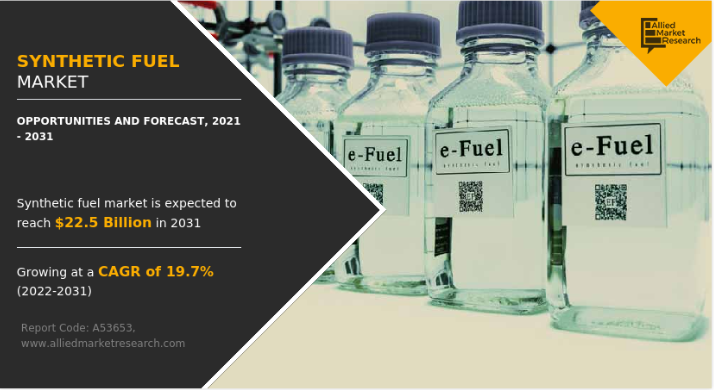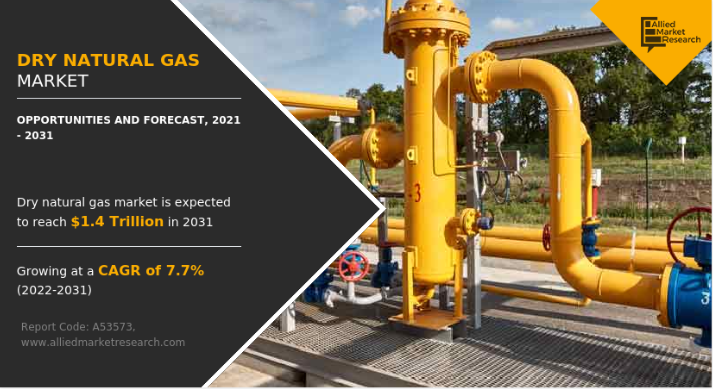According to a new report published by Allied Market Research, titled, “Logistics Automation Market,” 𝐓𝐡𝐞 𝐥𝐨𝐠𝐢𝐬𝐭𝐢𝐜𝐬 𝐚𝐮𝐭𝐨𝐦𝐚𝐭𝐢𝐨𝐧 𝐦𝐚𝐫𝐤𝐞𝐭 𝐰𝐚𝐬 𝐯𝐚𝐥𝐮𝐞𝐝 𝐚𝐭 $49.7 𝐛𝐢𝐥𝐥𝐢𝐨𝐧 𝐢𝐧 2020, 𝐚𝐧𝐝 𝐢𝐬 𝐞𝐬𝐭𝐢𝐦𝐚𝐭𝐞𝐝 𝐭𝐨 𝐫𝐞𝐚𝐜𝐡 $147.4 𝐛𝐢𝐥𝐥𝐢𝐨𝐧 𝐛𝐲 2030, 𝐠𝐫𝐨𝐰𝐢𝐧𝐠 𝐚𝐭 𝐚 𝐂𝐀𝐆𝐑 𝐨𝐟 11.9% 𝐟𝐫𝐨𝐦 2021 𝐭𝐨 2030.
𝐊𝐞𝐲 𝐩𝐥𝐚𝐲𝐞𝐫𝐬 𝐨𝐩𝐞𝐫𝐚𝐭𝐢𝐧𝐠 𝐢𝐧 𝐭𝐡𝐞 𝐠𝐥𝐨𝐛𝐚𝐥 𝐥𝐨𝐠𝐢𝐬𝐭𝐢𝐜𝐬 𝐚𝐮𝐭𝐨𝐦𝐚𝐭𝐢𝐨𝐧 𝐦𝐚𝐫𝐤𝐞𝐭 𝐢𝐧𝐜𝐥𝐮𝐝𝐞 Beumer Group GmbH & Co. KG, Daifuku Co., Ltd., Honeywell International Inc., Jungheinrich AG, KION Group AG, KNAPP AG, Mecalux, S.A., Murata Machinery, Ltd., SSI Schaefer Group, and TGW Logistics Group GmbH.
𝐑𝐞𝐪𝐮𝐞𝐬𝐭 𝐒𝐚𝐦𝐩𝐥𝐞 𝐏𝐚𝐠𝐞𝐬- https://www.alliedmarketresearch.com/request-sample/5810
North America is expected to dominate the global logistics automation market owing to growth in e-commerce and adoption of automation solutions as a result of labor shortages in the region. Moreover, adoption of robots in the region has been observed, which is expected to create demand for automation solutions and in turn is anticipated to contribute in the growth of the market. For instance, in August 2021, Yandex Self-Driving Group partnered with Grubhub to operate delivery robots on college campuses in the U.S. Moreover, in 2020, Hyundai Motor Group acquired controlling interest in Boston Dynamics with the aim of advancing robotics and mobility.
Labor shortages are currently being faced across the globe, which in turn is creating the demand for warehouse automation. Moreover, companies in emerging countries such as China and India, are also adopting automation in warehouse to get ahead of labor shortage. For instance, in 2022, Cainiao Network Technology built the largest unmanned warehouse in Southeast Asia for Thai courier Flash Express. This unmanned warehouse can process 6,000 parcels a day and this can rise to 20,000 a day during peak season. Henceforth, greater demand for warehouse automation from emerging countries is the factor that will be creating new growth opportunities for logistics automation market during the forecast period.
𝐏𝐫𝐨𝐜𝐮𝐫𝐞 𝐂𝐨𝐦𝐩𝐥𝐞𝐭𝐞 𝐑𝐞𝐬𝐞𝐚𝐫𝐜𝐡 𝐑𝐞𝐩𝐨𝐫𝐭- https://www.alliedmarketresearch.com/logistics-automation-market/purchase-options
Based on organization size, the global logistics automation market is segregated into SME, and large enterprises. Large enterprises are utilizing automated material handling technology for several processes such as categorization and moving heavy items, or containers within warehouse. In addition, autonomous mobile robots are also being utilized to move materials from picking area to order packing area within the warehouse. For instance, in January 2022, DHL supply chain announced $15 million investment in robotics solutions from Boston Dynamics to further automate warehousing in North America. Boston Dynamics will equip DHL facilities with “Stretch”, which is a robot designed to automate unloading process in distribution centers.
The significant factors impacting the growth of the logistics automation market comprise improved efficiency & workforce safety, growth in e-commerce, adoption of industry 4.0 technologies, and advancements in robotics technologies. Moreover, factors such as high initial investment, are expected to be hampering the market growth. Furthermore, adoption of autonomous vehicles & drones, and greater demand for warehouse automation from emerging economies are expected to create new growth opportunities for the logistics automation market during the forecast period.
𝐂𝐎𝐕𝐈𝐃-19 𝐈𝐦𝐩𝐚𝐜𝐭 𝐀𝐧𝐚𝐥𝐲𝐬𝐢𝐬
The impact of the COVID-19 pandemic has resulted in workforce changes, temporary restriction on movement of goods, and adoption of automation solutions. The pandemic has resulted in supply-chain disruptions causing temporary restriction on movement of goods. In 2019, online shopping rose by 20% and then by 30% during lockdown. Rise in online sales compelled companies to restructure their warehouse to manage e-commerce logistics. At the same time, companies have also had to safeguard the health & safety of their employees working along the entire supply chain. In order to fulfill e-commerce demand, and adapt to new situation, several logistics companies introduced changes in their workforces, and opted for logistics automation.
However, with the removal of lockdown restrictions, several logistics companies have started to invest in industry 4.0 technologies in order to deal with labor shortages issue, and to fulfill rising demand from the e-commerce sector. Companies are adopting autonomous robots for automating the tasks within warehouse, and drones for last-mile delivery.
𝐌𝐚𝐤𝐞 𝐚𝐧 𝐈𝐧𝐪𝐮𝐢𝐫𝐲 𝐁𝐞𝐟𝐨𝐫𝐞 𝐁𝐮𝐲𝐢𝐧𝐠- https://www.alliedmarketresearch.com/purchase-enquiry/5810
𝐊𝐞𝐲 𝐅𝐢𝐧𝐝𝐢𝐧𝐠𝐬 𝐎𝐟 𝐓𝐡𝐞 𝐒𝐭𝐮𝐝𝐲
By component, the software segment is anticipated to exhibit significant growth in the near future.
By application, the transportation management segment is anticipated to exhibit significant growth in the near future.
By organization size, the small and medium enterprises segment is anticipated to exhibit significant growth in the near future.
By end-use industry, the retail and e-commerce segment is anticipated to exhibit significant growth in the near future.
By region, Asia-Pacific is anticipated to register the highest CAGR during the forecast period.
𝐂𝐨𝐧𝐭𝐚𝐜𝐭:
David Correa
1209 Orange Street,
Corporation Trust Center,
Wilmington, New Castle,
Delaware 19801 USA.
USA/Canada (Toll Free):
+1-800-792-5285
UK: +44-845-528-1300
Hong Kong: +852-301-84916
India (Pune): +91-20-66346060
Fax: +1-800-792-5285
help@alliedmarketresearch.com
Web: www.alliedmarketresearch.com



